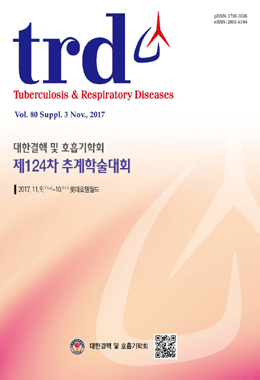Background: Virtual bronchoscopy navigation (VBN) is widely used for the histological examination of lung nodules. However, little is known about the optimal radiation dose of computed tomography (CT) for the operation of VBN systems. Therefore, we evaluated the feasibility of low-dose CT (LDCT) for VBN in an animal study.
Methods: Five live pigs underwent standard-dose CT (120 kVp, 90 mAs) as a reference and four different LDCT protocols: LDCT 1, 120 kVp, 55 mAs; LDCT 2, 120 kVp, 20 mAs; LDCT 3, 100 kVp, 30 mAs; and LDCT 4, 100 kVp, 20 mAs. To operate the VBN, 10 mm virtual targets were created in the central and peripheral bronchi, where the bronchus diameter was less than 3 mm, in each of the six lobes of the five pigs.
Results: The mean effective doses significantly differed among the four LDCTs (17.1, 6.3, 5.7 and 3.8 mSv for LDCTs 1-4, respectively; P<0.001). There were significant differences in the accuracy of VBN between low- and standard-dose CT in both central (100%, 93%, 87%, and 73% for LDCTs 1-4, respectively; P<0.001) and peripheral (90%, 77%, 50%, and 30% for LDCTs 1-4, respectively; P<0.001) virtual targets. The areas under the ROC curves for predicting accurate VBN with LDCT were 0.71 (P<0.001) and 0.72 (P<0.001) for central and peripheral virtual targets, respectively.
Conclusions: Low-dose CT is feasible for VBN.




